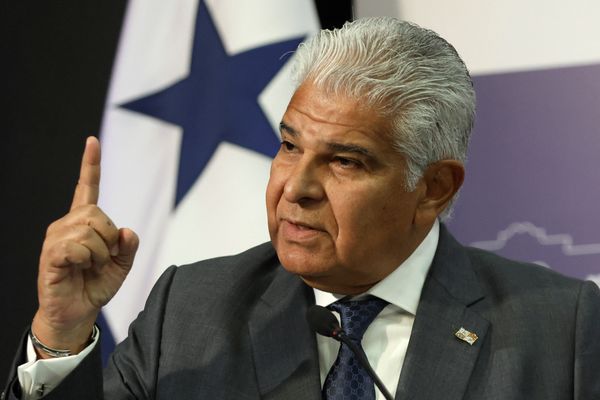
Newly-minted Premier Chris Minns has a white canvas in front of him to mould NSW, but the list of promises he has made threatens to quickly fill it.
Capped tolls and minimum hospital staffing levels, increased rights for renters and 100 new public pre-schools are all commitments that will now need to be implemented by NSW Labor.
But so will another pledge: To ban mobile phones from public school grounds.
Already, the nation’s big telecommunications companies are up in arms, believing the phone-jamming technology under consideration will disrupt services and block important conversations between students and parents.
That’s up for debate, because it is already used in NSW prisons. But that ball, to ensure services are not disrupted, surely sits with the service providers.
It’s up to the new Labor government – the first time in power in NSW in 12 years – to decide how the ban is introduced, but it cannot allow telcos, or other hurdles, to stand in the way of a promise that could change the trajectory of so many students.
Minns isn’t setting a precedent. Public schools in several other states have imposed bans, and many private schools too. Overseas, governments and educators have joined forces over the past five years to ensure phones are not used during school hours.
In some schools in Australia, mobile phones are now collected at the front gate. Others are detained in lockers during the day. Some schools have tried technology umbrellas that forbid wi-fi across devices between 8am and 3pm. And others still allow their use, for one hour during lunchtime, in the presence of a teacher.
Big altercations
And in every single case, as NSW will now learn, the decision to ban or limit phones creates big altercations between schools, parents and students.
Some schools have lobbied for bans believing it will help students to socialise again, post-COVID. Others see it as disrupting cyberbullying, which has lifted rates of self-harm, suicide and school refusal in recent years.
The use of mobile phones also raises tricky questions for schools about their duty of care, whether they are responsible if cyberbullying occurs outside school hours, and the subsequent impact on their reputations.

Those who argue against bans are similarly strong in number, too.
Parents who want their vulnerable children to be able to contact them during school hours. Schools who see it as an aid to learning. And certainly teens, who rightfully argue it is their way of communicating.
But at what cost?
In almost every school in the nation today, where mobile phones are allowed and even in some where they are not, educators will be required to deal with the fallout they prompt.
Massive disengagement might be at the low end. So might a loss of socialisation skills that mean 12-year-olds don’t know how to look each other in the eye.
But more common are the incidents at the serious end of the spectrum.
Live-streaming fights
In Queensland this week, there have been multiple incidents where vicious fighting has allegedly been motivated by an ability to live-stream attacks. In other schools this year, cyberbully has led to suicide attempts. And smart phones have also delivered children, not old enough to spell ‘pornography’, images that they will find hard to forget.
Tomorrow, on the back of this column, I will receive emails with more examples, as well as others saying research shows banning doesn’t solve all these problems. And that’s right.
But surely it can’t make it worse?
For a research project last year, I asked teens about their relationship with mobile phones. They explained the hours each day they spent scrolling, often without purpose. The fear of missing out, if they didn’t check it regularly. How it acted as a barometer of how they should look and what views they should hold.
A toxic frenemy.
Other leaders have found a way to gift time and purpose back to teens, through those bans that already exist in many public and private schools.
That means, with or without the tech giants on board, Chris Minns has no choice but to ensure this promise becomes law.







